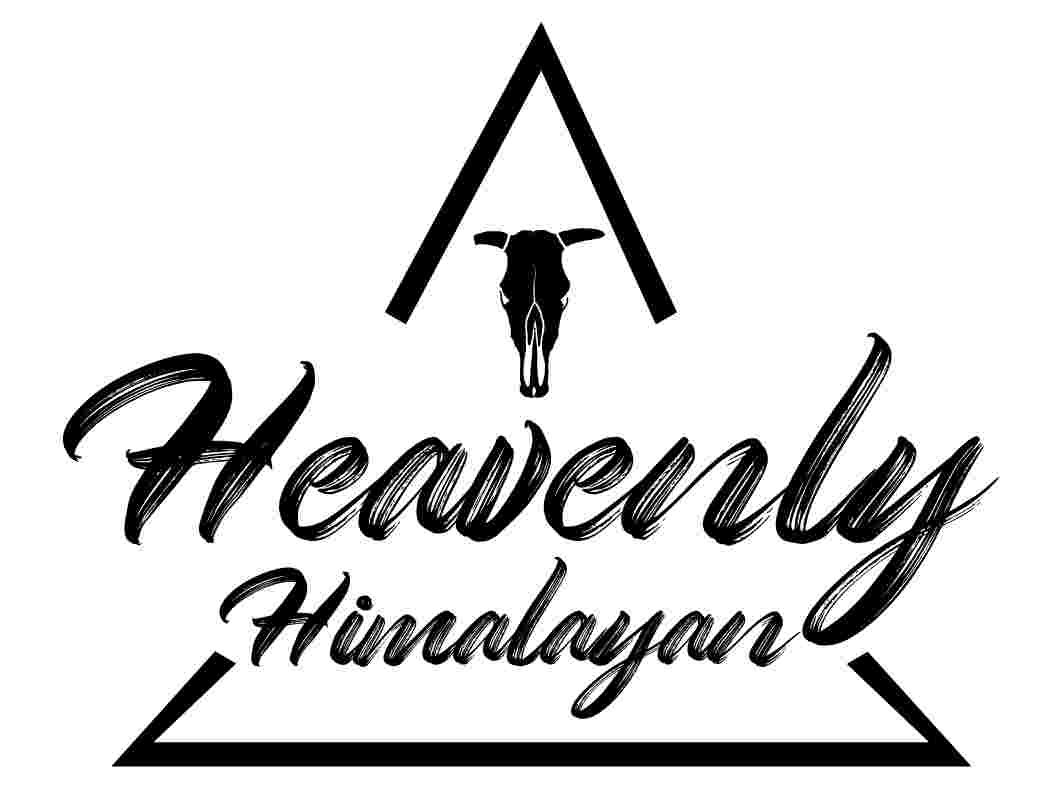Animals That Yield Wool: Helpful Animals That Give Wool
Author: Kelly Wiles, the content specialist at Heavenly Himalayan, writes interesting content that shows off the unique and handmade parts of our brand. With multiple years of experience, she focuses on the cultural importance and craft quality of our beautiful accessories.
Have you ever wondered where fabrics come from? They are made of fibers, which are long, thin threads. Fibers come from two main sources: natural and synthetic. Natural fibers are split into plant and animal types. Wool and silk are examples of animal fibers because they come from animals. Wool keeps us warm in winter, and blankets made of wool help protect us from the cold. However, Handmade Woolen Headbands are also known for their warmth and comfort during the colder months.
Many know the nursery rhyme "Baa Baa Black Sheep, have you any wool? This rhyme teaches us that sheep give wool. However, wool comes from other animals, too, not just sheep. Goats, yaks, camels, and more animals also produce wool. This article will highlight the different animals that provide wool and introduce you to Heavenly Himalayan's 100% Handmade Woolen Headbands. These thick, extra-wide, unisex headbands are perfect for winter and summer, showcasing the beauty of ethically made wool products.
What do you mean by wool?
The wool comes from the soft, curly, or wavy hair of animals like sheep or goats. This hair, known as fleece, is thick and traps air, keeping the body warm in cold weather. The fleece helps animals stay cozy during winter.
Which animal is known for yielding wool?
Animals that give wool have fur or fleece used to make wool fibers. Many wool-producing animals live in cold mountain regions. Their fur keeps them warm by trapping air, which doesn't conduct heat well. These animals include sheep, goats, rabbits, llamas, alpacas, camels, bison, and yaks.
Animals That Produce Wool
Apart from sheep, other animals also produce wool. Sheep have two types of hair:
(a) Coarse and rough hair
(b) Fine and soft under-hair close to the skin
The fine, soft undercoat is best for making wool. Special breeds of sheep are chosen to get this soft hair. These breeds only have fine undercoats. This is done through "selective breeding," which means selecting parents to get specific traits in their offspring, like soft undercoats in sheep. Let's explore the different animals that give us wool.
Sheep:
Sheep are the main source of wool. They are raised through 'sheep farming' or 'sheep husbandry' to collect wool. Common types include Corriedale, Cotswold, and Merino, which all produce high-quality wool for various uses. Merino sheep wool, in particular, is renowned for its softness and is highly sought after for premium wool products.
Yak:
Yak wool is popular in Tibet and Ladakh. Yaks have long, thick fleece that is used to make warm clothing. Their wool is known for being strong and insulating, perfect for cold climates.
Goat:
Angora goats in hilly areas like Jammu and Kashmir produce Angora wool or Mohair. Cashmere goats produce soft under hairs used to make Pashmina shawls in India. These shawls are known for their warmth and softness.
Camel:
Some camels produce wool from their fur. The Bactrian camel gives the highest-quality wool. Llamas and alpacas from South America also produce wool that is used in clothing. Their wool is warm and durable, suitable for many garments.
Rabbits:
Angora rabbits produce a special type of wool called Angora wool. This wool is very soft, silky, and expensive. Its smooth texture and warmth make it highly prized and a top choice for luxury clothing.
Selective Breeding for Quality Wool
Sheep farming, called sheep husbandry, raises sheep to get wool, meat, and milk. In places like Ladakh, Jammu Kashmir, Tibet, and Uttarakhand, shepherds care for sheep graze on grass, pulses, and jowar.
To get good wool, sheep need to be well cared for. Selective breeding helps to create sheep with the best traits. When the sheep's fleece grows properly, wool fibers are collected. Certain steps are followed to extract the wool from the sheep.
Shearing
Shearing removes a sheep's fleece and a thin layer of skin, done by machine or hand, without hurting the animal. It is performed in summer to avoid overheating, and the fleece is then used to produce wool yarn.
Scouring
After shearing, the wool is dirty with dust and grease. Scouring is washing the wool thoroughly to remove all the dust, dirt, and grease. This makes the wool clean and ready for the next steps.
Sorting
Once the wool is clean, it is sorted. Wool comes in different textures, colors, and qualities. Sorting separates these different types so they can be processed correctly.
Cleaning of Burrs
Wool often has small, fluffy burrs stuck to it. These burrs are removed during cleaning. After cleaning, long, smooth wool fibers are made and ready for the next step.
Dying
Wool is dyed to add color. Natural fleece from animals is usually black, white, or brown. Dying changes the color of the wool to make it look better.
FAQs:
Q 1. What is wool, and where does it come from?
Ans. Wool, soft hair from animals like sheep, goats, rabbits, llamas, alpacas, camels, bison, and yaks, traps air to keep them warm.
Q 2. Why is shearing done in summer?
Ans. Shearing happens in summer to keep sheep cool. The removed fleece is used to make yarn and wool items.
Q 3. What are the main steps in processing wool?*
Ans. The main steps are shearing, scouring, sorting, cleaning burrs, dyeing, rolling into yarn, and knitting into clothes and accessories..
Q 4. What types of wool are produced by different animals?
Ans. Sheep, Yak, Goat, Camel, Rabbit
Q 5. What is the significance of wool in clothing?
Ans. Wool is important because it's warm, soft, and strong. It's used for making clothes and accessories like sweaters and blankets, keeping people cozy in cold weather.
———————————————————-
In the end, himalayan wool is a useful and valuable natural fiber from sheep, goats, yaks, camels, and rabbits. Each wool type has unique qualities for various uses. Heavenly Himalayan uses ethically sourced wool to create their 100% Handmade Headbands. These thick, extra-wide, unisex headbands are ideal for both winter and summer, demonstrating wool's warmth, softness, and strength in stylish, high-quality accessories.
Get stylish warmth! Purchase Heavenly Himalayan's handmade woolen headbands from our site for all-season comfort.
For more detail contact us👇:
📞 Phone: +1 (201) 254 5242
📧 Email: ellie@heavenlyhimalayan.com





